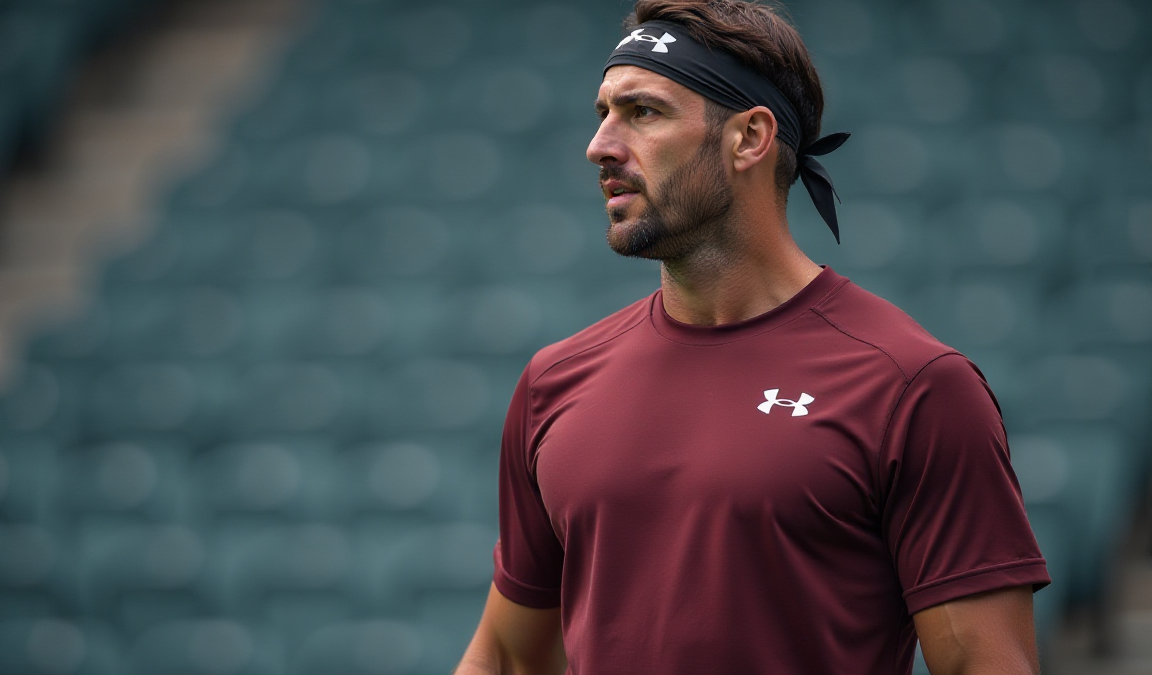Under Armour shares fell as much as 21% to $5.25 in early trading on Friday after the sportswear maker warned that sales would deteriorate further this quarter and that tariff-related costs for the fiscal year would be $100 million higher than expected.
The company forecast a revenue drop of between 6% and 7% for the second quarter, significantly steeper than analysts’ expectations for a 2.9% decline, according to LSEG data.
It also projected a gross margin decline of 340 to 360 basis points, primarily due to supply chain disruptions linked to tariffs.
While Under Armour attributed much of its troubles to import duties imposed under President Donald Trump’s trade policies, analysts suggested that tariffs may not fully explain the brand’s ongoing challenges.
“The bigger issue remains weak consumer demand rather than tariffs,” said Seaport Research Partners analyst Joseph Civello, who rated the stock Neutral.
Under Armour’s first-quarter results for the period ended June 30 were largely in line with expectations, with revenue down 4% to $1.13 billion and adjusted profit per share of 2 cents, missing estimates by a penny.
Weak demand, “fragile branding” overshadows tariff explanation
Tariffs have become a recurring theme in Under Armour’s recent commentary, with the company noting that 30% of its merchandise volume comes from Vietnam and 15% from Indonesia—both subject to high US import duties.
Trump has announced 20% tariffs on Vietnamese goods and 19% on Indonesian imports.
However, several US companies have recently reported that the impact of these levies on their bottom lines will be less severe than previously expected, raising questions about whether tariffs are the sole driver of Under Armour’s margin compression.
Citi analysts said the company’s weak second-quarter guidance highlights “fragile brand positioning” in North America, where retailers are prioritizing stronger brands at the expense of weaker players in the market.
North America accounts for 59% of Under Armour’s total revenue, making the region’s underperformance a significant drag.
While North America continues to underperform, the company reported stronger growth in Europe, the Middle East, and Africa (EMEA).
Struggles persist despite leadership return
Founder Kevin Plank returned as chief executive in March last year to lead a turnaround, but the company has yet to show clear signs of progress.
“It’s concerning that, going a year into its restructuring plan, there’s still little sign of a reversal in its revenue declines and profitability struggles on the horizon,” said Emarketer analyst Sky Canaves.
The company reaffirmed plans to raise prices to offset tariff pressures, though analysts warned that higher prices could further weaken consumer demand.
Analysts at Stifel maintained a Buy rating and $10.00 price target, citing Under Armour’s brand equity and global reach as potential foundations for a long-term recovery.
Still, Stifel acknowledged that visibility into revenue stabilization remains limited.
Its analysts noted that Under Armour’s fiscal second-quarter revenue projection was $50 million below their estimate, and adjusted earnings guidance came in $0.25 below expectations at the midpoint.
Turnaround prospects clouded
With tariffs and muted consumer demand both weighing on results, the near-term outlook for Under Armour remains uncertain.
The company’s dependence on North America, combined with its inability to regain brand momentum, poses a significant challenge to the restructuring effort.
“The looming impacts of tariffs and weaker US consumer demand in the second half of the year don’t bode well for its turnaround prospects in the near-term,” Canaves said.
Investors will now be watching whether the company can leverage its international growth to offset declines in its largest market—or whether the current slide in demand will deepen before the benefits of restructuring take hold.
The post Under Armour shares tumble 21% as weak demand and $100 million tariff hit darken outlook appeared first on Invezz


